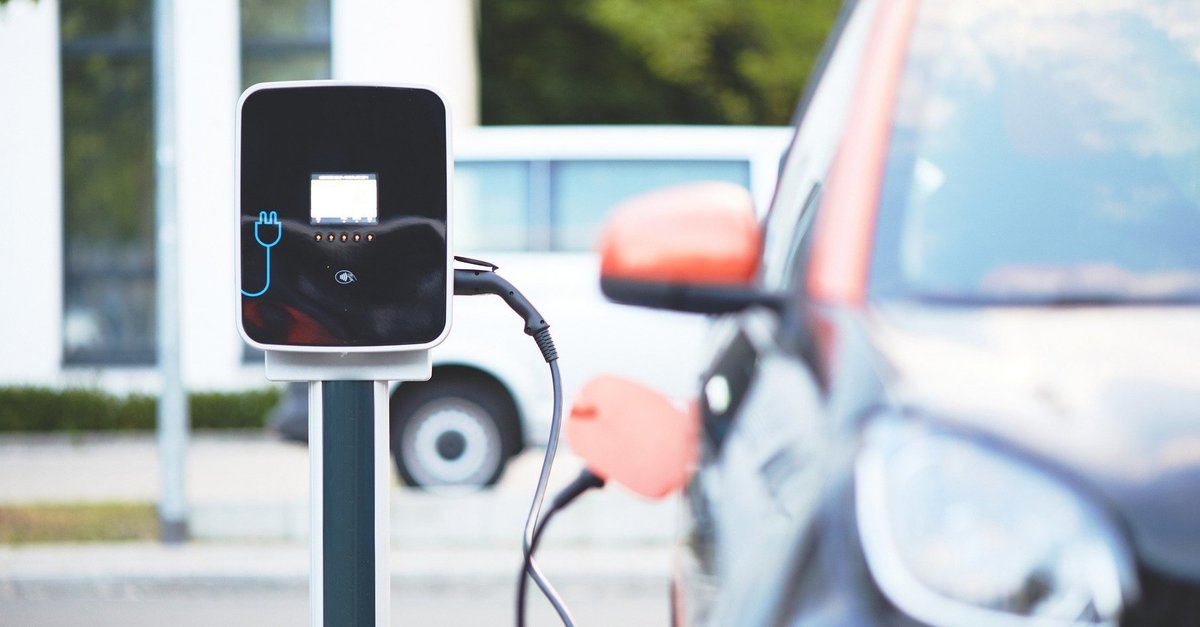So much range is left at the end
The range is one of the most important criteria for potential e-car buyers. Manufacturers therefore outdo each other with new peak values. One thing is clear: the maximum range can hardly be achieved in everyday life anyway. The ADAC reveals what to think of the information provided by the manufacturer.
Range of e-cars: WLTP standard is almost impossible to achieve
The manufacturers do not agree on whether more fast chargers are needed, more powerful batteries installed or more efficient e-cars need to be designed overall to solve the dilemma. But it is certain that E-cars have to convince with their range.
That mostly according to WLTP standard determined range often cannot be achieved in real operation, will hardly come as a surprise. After all, the actual consumption of petrol and diesel also depends on many factors, not least on your own driving style.
In a test, the MDR determined how much the maximum and actual range can differ – especially in winter. The conclusion is sobering: Some models were able to cover more than 40 percent less distance. Tesla’s Model 3 in the long range version, a VW ID.4, an Ioniq 5 from Hyundai and a U5 from the Chinese manufacturer Aiways were tested. Neither model was able to match its advertised range, with the Hyundai seeing the smallest drop at -33 percent. At -46.4 percent, just over half of the Chinese e-car was in it (source: MDR).
40 percent less: That’s how far electric cars really make it
There are several reasons why the tested e-cars only managed shorter distances: Firstly, the tests were carried out in winter, as the low temperatures are known to be a challenge for the batteries. “Especially in winter we recommend for a realistic range estimate, reduce the WLTP value by around 30 to 40 percent“, advises Matthias Vogt from the ADAC. The charging capacity of e-cars also decreases in the cold.
You should know these mistakes before switching to an electric car:
It is true that not only e-cars have a higher energy requirement in winter, but the difference is less pronounced with combustion engines. The other test conditions also provided a more realistic picture for many drivers, but also deviations from the WLTP standard. As a rule, trips in town and on country roads would be used to a large extent for this purpose. Driving on the motorway at higher speeds, on the other hand, drains the battery faster in e-cars. Tests were carried out at the MDR over a distance of 180 km, an average of 120 km/h was driven.



![Gift Campaign’s 3 Best Tech Giveaways [Anzeige] Gift Campaign’s 3 Best Tech Giveaways [Anzeige]](https://www.basicthinking.de/blog/wp-content/uploads/2022/11/gift-campaign-technik-werbegeschenke.jpg)